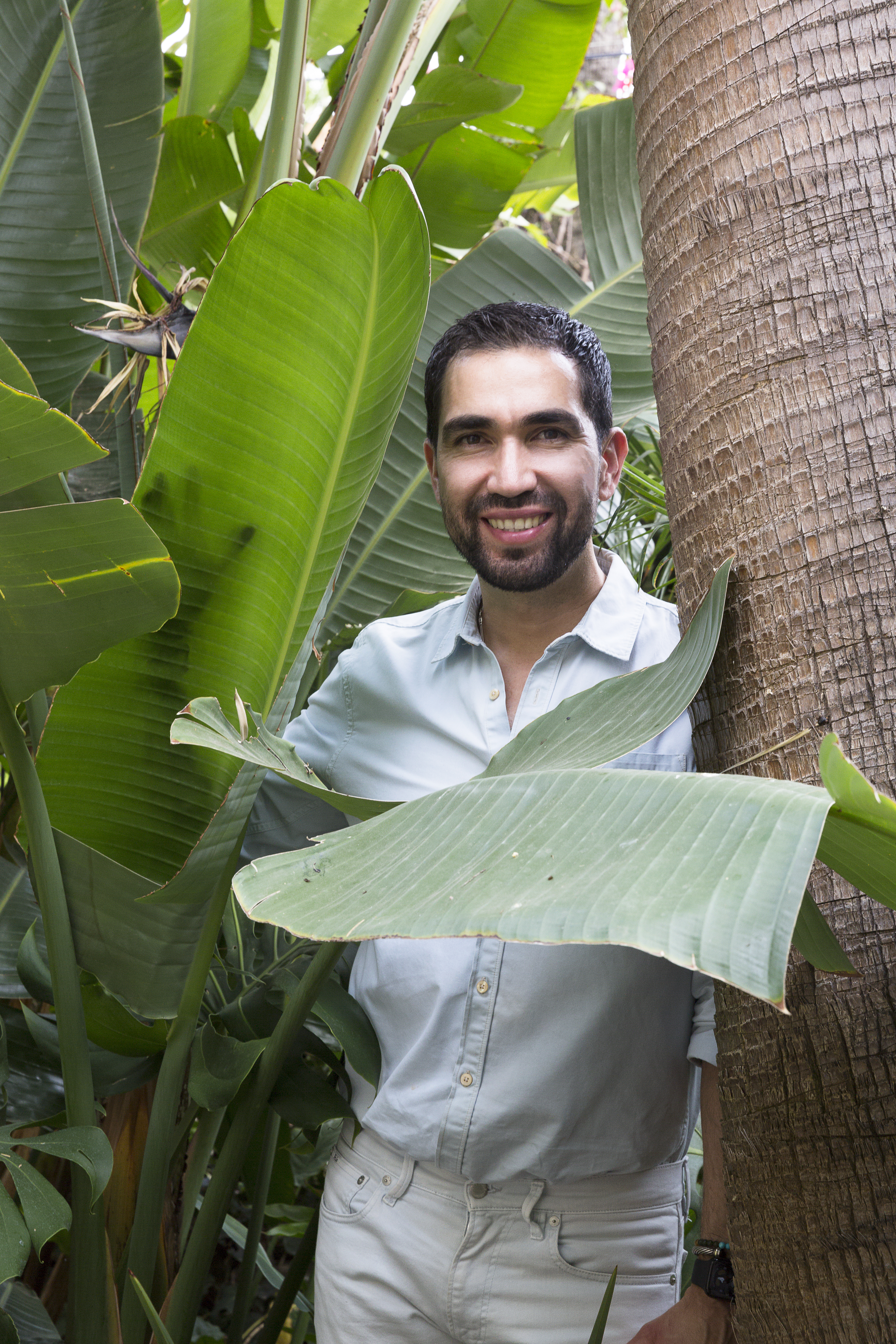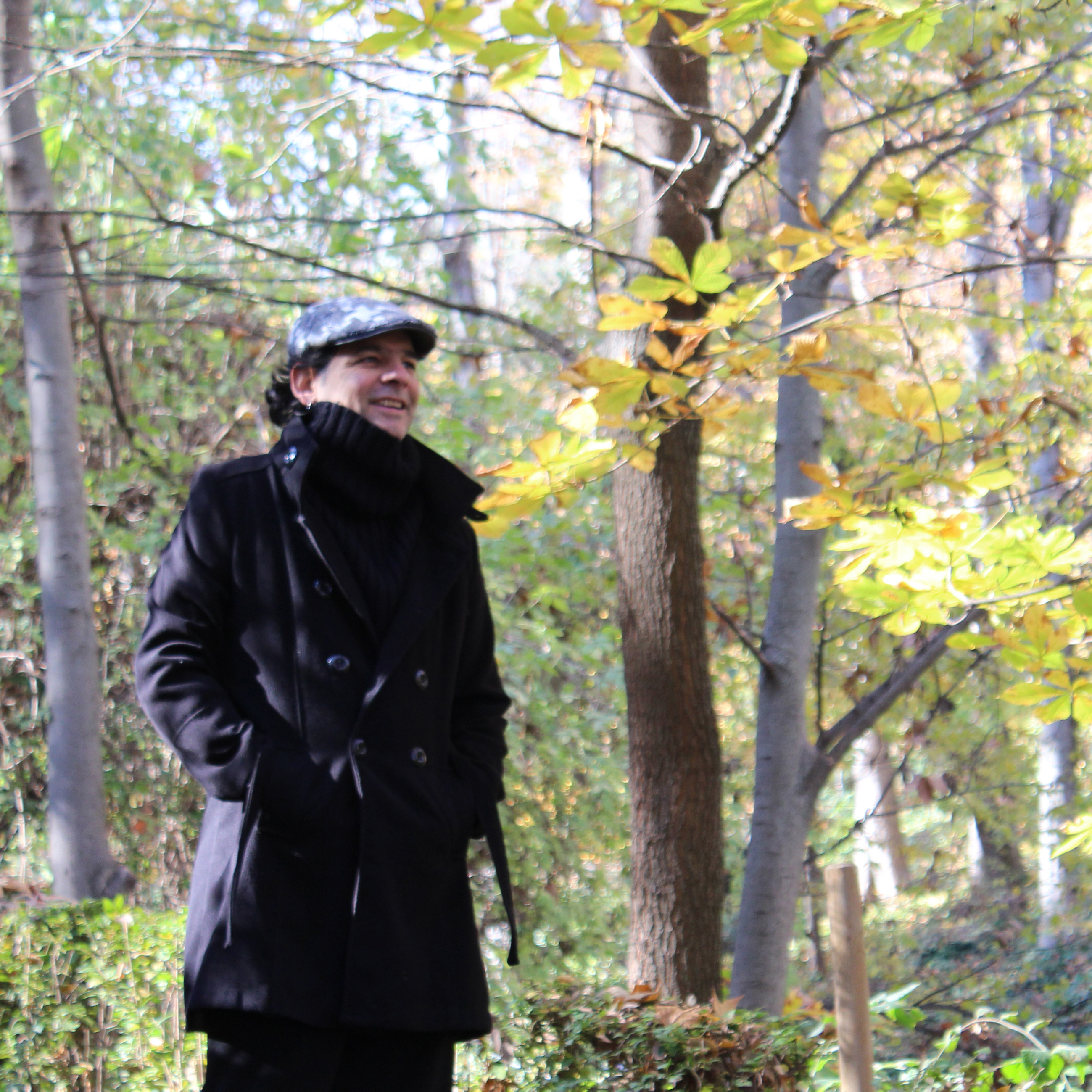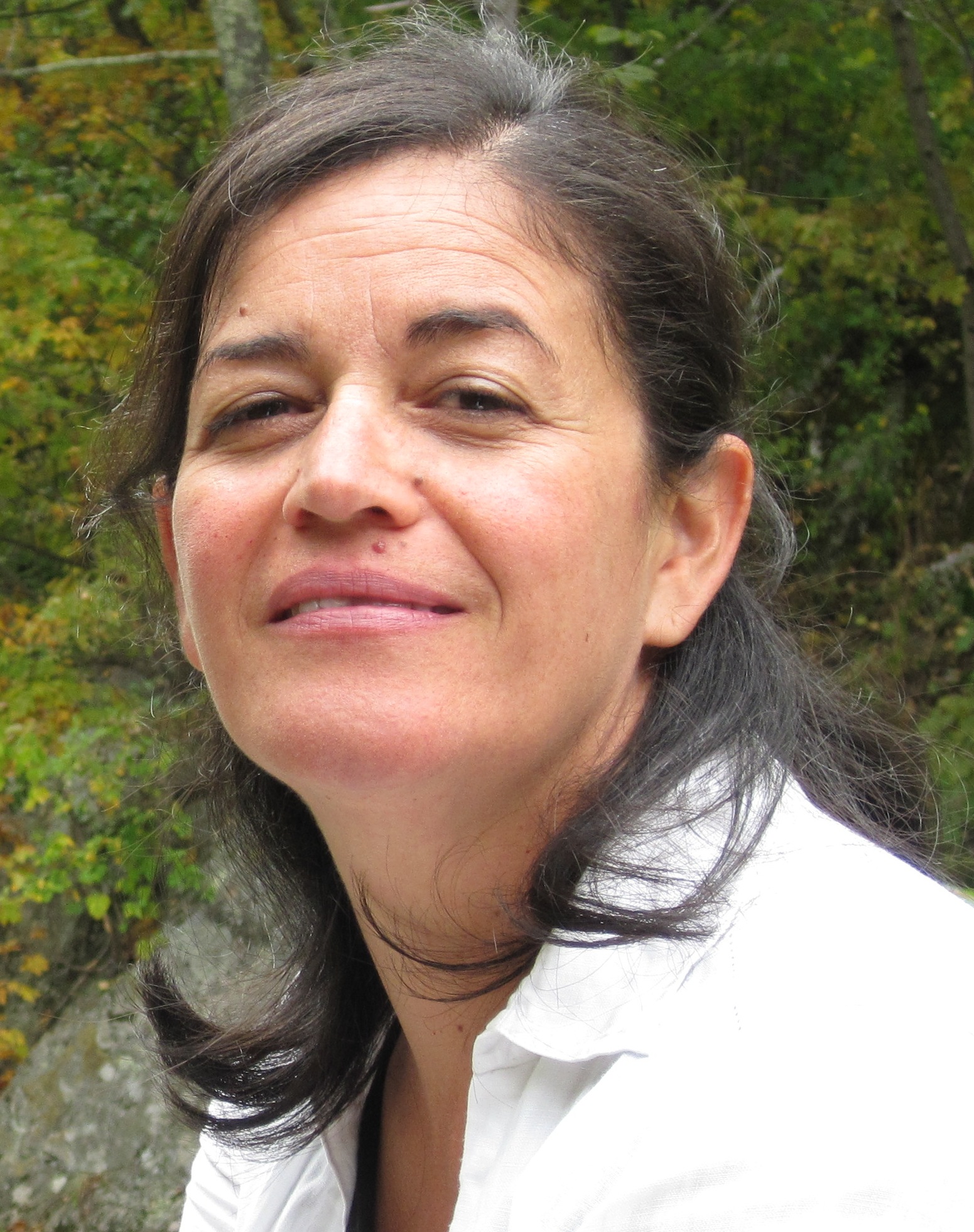How has the COVID-19 crisis affected our way of inhabiting spaces and what impact does it have on design?
The landscaper’s central task is to analyze and understand the environment where he makes decisions.
The Int. Arch. Erick Millán, founder and head designer at Erick Millán Design, answers us as follows…
First of all, I feel that the COVID word comes from “CO-rrection”, and rather than being an impact, the fact of being able to see our homes with a clinical eye to improve our quality of life, is a benefit .
I think that the time we have been in our homes has allowed us to play again and to be able to create. It has allowed us to see the importance and the benefit of connecting with the outside, the natural light, having green areas, and it has helped us see another point of view; that our homes are not space where only our physique rests but also our spirit.
Personally, it has helped me awaken creativity even more. Not having places to go, allows us to create different scenarios in your home and give them another personality and another use. For example, my bedroom is no longer a bedroom, it is my meditation area, and my office now is also my gym or an area where I can read and have tea.
It has helped me understand the importance behind stimulating all our senses so that we do not fall into test-develop only visual things. It has helped me reconnect myself with my profession and give it a necessary use to generate living spaces and share its benefits with others.

Int. Arch. Erick Millán
The Landscape Architect Iván Juárez, founder of X-studio, asnwers us as follows….
While human activity pauses for an instant, nature continues its own cycle, process, and succession, showing us its own temporal narrative from the window. Time for reflection, time for nature, time to understand it, observe it, and listen to it. Rethinking other ways of interacting with it based on the cyclical and temporal landscape. A parallel journey through a slow and progressive time that manifests itself in minimal events that happen every day. A landscape in constant transformation that shows us how life (even without us) continues, is reborn, and becomes present.
The series documents through the window the cyclical process of a fragment of the urban landscape in the city of Wroclaw (Poland), before and during the confinement. From autumn, when the leaves take on golden tones and begin to fall, passing through the transition phase between winter, when the trees are already without leaves, and the beginning of spring, when they begin to sprout again, rapidly acquiring more leafiness.

Landscape Architect Iván Juárez
Ing. Agr. Rafael Dodera, General Secretary of IFLA Americas, answers us as follows…
For this reason, every project in which I participated, unveiled to me in different levels of depth or clarity that a new agreement between man and nature is required, as there is a lot of evidence that well-considered decisions about this are not being taken. In 1988, at a meeting of landscapers in Salto, Uruguay, landscapers were aware of this, and had in mind that “interventions, most often drastic, for policies and technologies adopted, are attacks on the environment, usually concluded irreversibly.”
The earth’s crust is a mosaic, and each site that composes it must be understood as a place of forces agitated by contradictory tensions, where dynamism and change are the rules. Our continent, in particular, is as vast as complex, and countless ways to inhabit coexist in it.
From my region (more from my window), it is tough to understand other realities beyond the more or less predominant discourse of the big media or of the new networks that offer a partial perspective. Even just a few blocks from my house, some codes are incomprehensible to me. Injustice and inequality are installed. In this context, I understand the pandemic as another evidence of this process.
Today, Alexander Von Humboldt’s concepts are knocking on the door: everything on this planet is closely interrelated. Nothing is free. The pandemic is a stark reminder of this. With COVID or not, the work of the landscape professional should include all variables and consider the requirements of everyone involved – those who have a voice and those who do not have it – and understanding man as a component of the system.
In my opinion, man must rebuild the bond of love that once united him to his land, the sense of belonging that creates identity. In this context, the landscape would be consistent in all its dimensions, and man would regain his dignity and humility.
There is no apparent awareness about the landscape concept in our continent, and still, less than the professional ideal to act on it. Maybe it is because we have many unmet needs or demands and a sense of urgency that doesn’t allow us to see the effects of our actions. Therefore, it is essential to strengthen education systems and add holistic visions with the specialized ones to understand the importance of “including our actions carefully and judiciously, the illusionist quarry landscape” (Carlos Pellegrino, personal communication).
In my opinion, if we must adjust our designs somewhere, it is on the theoretical basis that sustains our interventions, visiting again the classical authors (A. Humboldt, K. Lynch, Ian Mac Harg, Garret Eckbo, Yi Fu Tuan, Amos Rapoport, Anne Spring, Jane Jacobs, among others) and think about our ethical responsibility.

Ing. Agr. Rafael Dodera
Landscape Architect Raquel Peñalosa, President of IFLA Americas (2014 – 2018), answers us follows…
While it is true that the COVID-19 crisis has led human beings across the planet to live at a slow pace, some argue that its impact is greater, highly variable depending on the place; southern, northern, urban, rural hemisphere, and that’s how the pandemic has been, like a lens that reveals the state of things. The crisis of quality living, of food dependency, of the relative equity of a healthy public space accessible to all.
And particularly of the imminent imbalance of natural systems, in rupture with our ways of life and consumption, which we well know are the basis of the major crisis of climate change and its accelerated pace. If we look back to the 19th century, at the height of industrialization, cities are densely populated and unhealthy.
The hygienist movement that vindicates the health of the city and its inhabitants as a social phenomenon influences its urban planning and particularly the City Beautiful Movement. This movement looks out for cities to be healthier and with more order, to shape the urban landscape in an aesthetic way in the search for a certain social order, for the benefit of all, with its wide green boulevards, urban parks, and spacious public squares.
In this light, I would like to think that the COVID-19 crisis leads us to reimagine the aesthetic relationship between the social and the physical form of our cities beyond their functional parts, as a whole, as true living, interdependent systems, repositioning a design of the resilient, open, multifunctional, flexible space that facilitates physical but not the social distance as an urban culture of the new normal.

Landscape Architect Raquel Peñalosa








